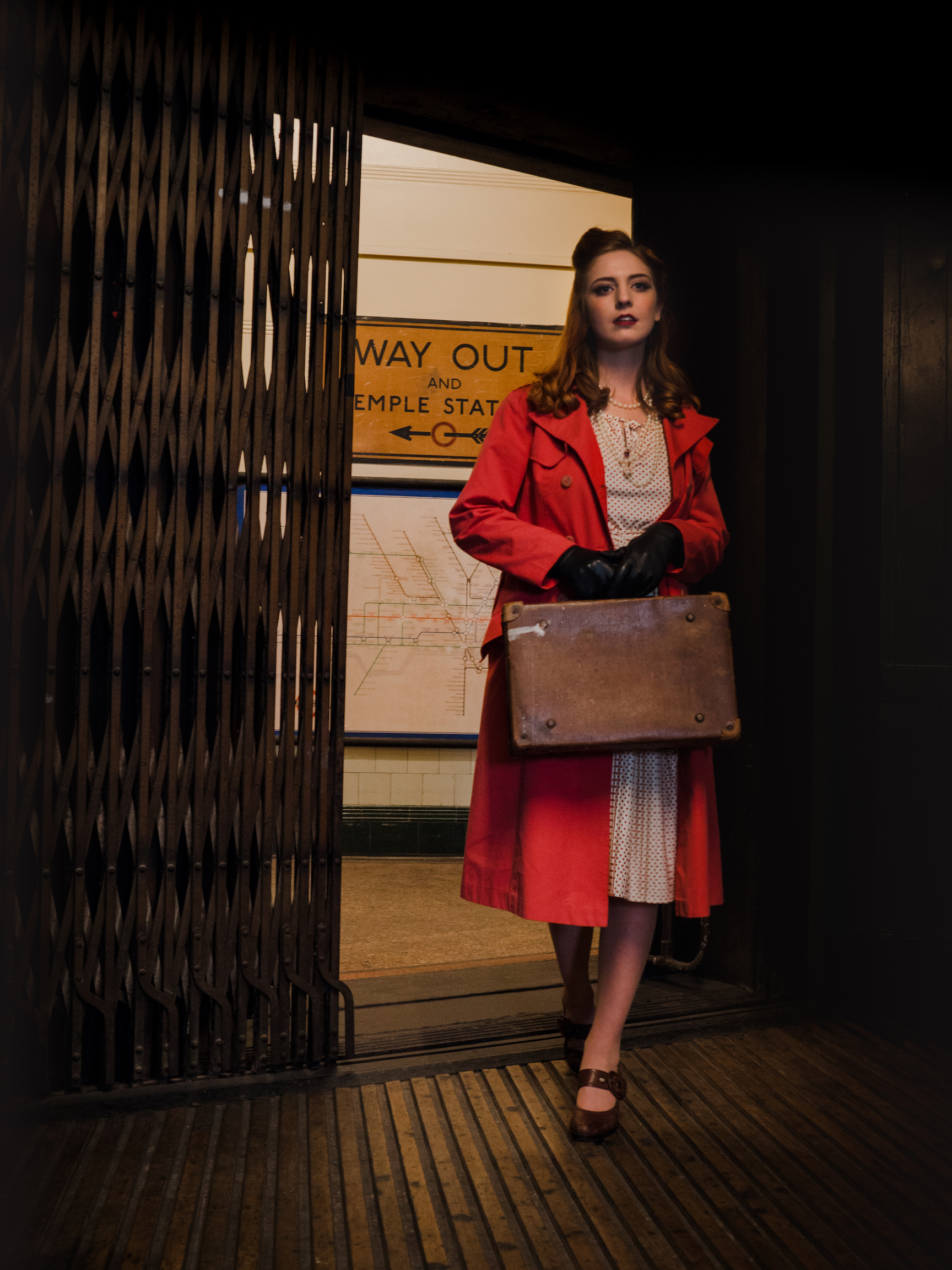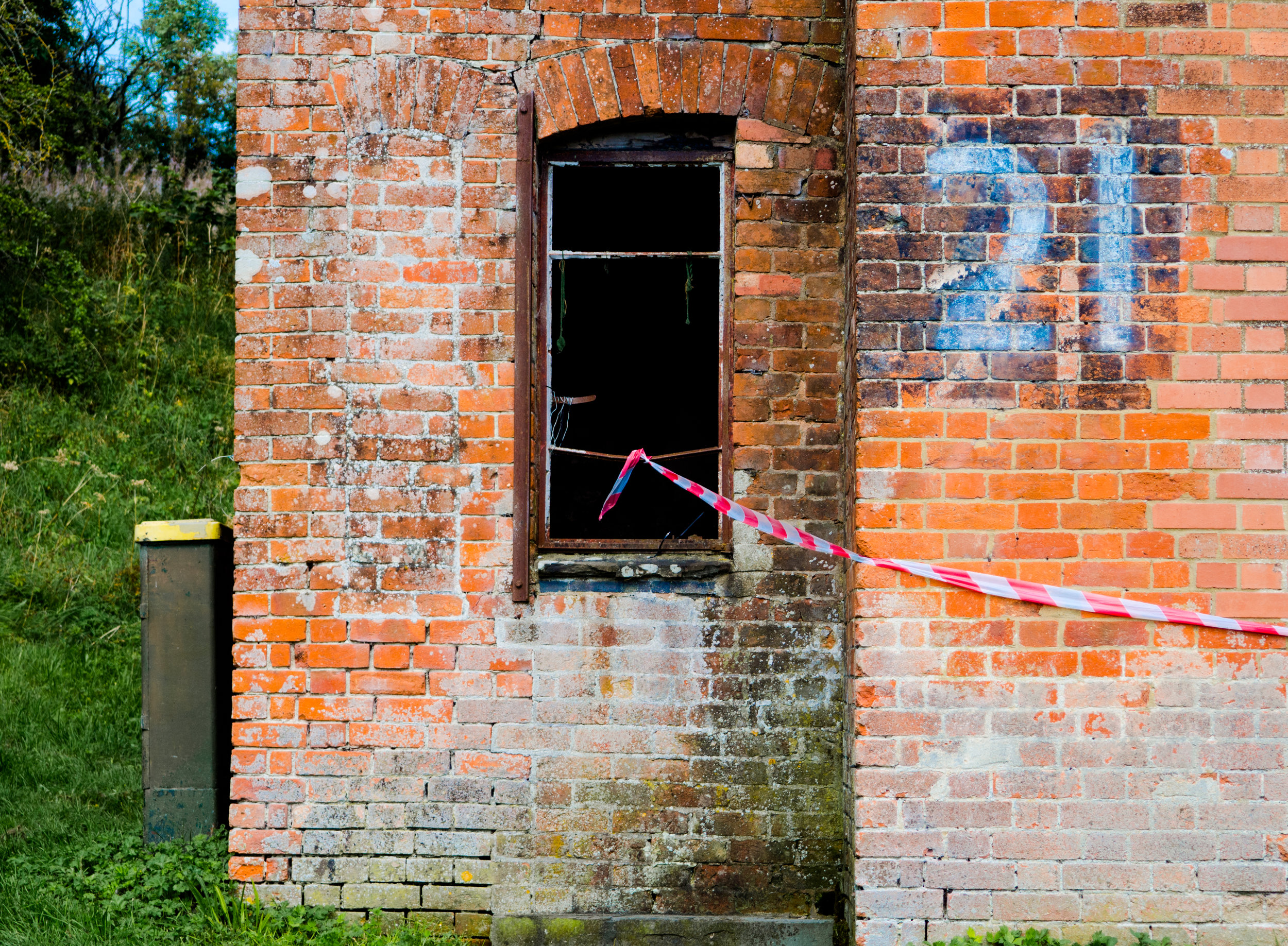I seem to have been a bit tardy recently with posts. But I couldn't resist posting this one....
A while back I noticed Olympus were running a workshop in the disused Aldwych underground station (look up the history - it's very interesting). I've always been fascinated by the ghost stations on the underground network, so this seemed like an opportunity not to be missed! Additionally, I would get to work with models. Which is not something I've done as a photographer; and any new experience can only be a good thing.
There were about 40 of us for the session. We were split into two groups over two locations - the station platform and the ground level area, with the groups swapping locations half way through the afternoon.
The setup on the platform was a kind of post-apocalypse world. Not really my kind of photography. But it was something out of my comfort zone which is good! Our photographer for this session was Gavin Hoey, who had set up two flashes along the platform - both controlled by a wireless trigger on the hotshoe of the camera. This was extremely alien to me!
We had three setups in total with Kerry on the platform and in the train itself.
Although not my usual kind of photography, I did quite like what I got out of this. I played around with it quite a lot to get a particular look - very contrasty with a lot of the colour sucked out. And it was interesting to see just how the flash affected the shot.
After an hour or so down on the platform, we made our way back up the 140 steps for the next location.
This was a 40s inspired setup with photographer Marcus Clackson and model Beth. No flash was used for this, just more straightforward lights. There were once again three setups - in the old lift, on the steps in the concourse, and by the old telephone booths.
This felt more natural to me rather than firing flashes off remotely. But it was still hard work and very focussed! Because of the amount of photographers, we were limited with the amount of time in both locations; sometimes only having 30 seconds to get the shots we wanted. At first that was a bit daunting, but I had a similar experience years ago when life drawing at art school, so havig an intense focus is actually pretty damn good!
Whilst processing these, I thought it best to go in a completely different direction to the platform shots. So the lift shots I went for an Edward Hopper feel; strong colours but lots of dark shadows. The rest of them I went for black and white, but with a touch of split tone to give it a slight sepia edge. The monochrome shots I also really ramped up the contrast to go a bit more film noir.
All in all, it was an excellent day. I mainly used my 19mm Sigma, with some shots on my old 50mm Zuiko and a few on the 14-42 kit lens. The whole set of photos (including detail shots around the tube) can be seen here flic.kr/s/aHsmap3nef
































